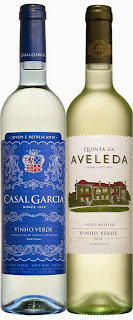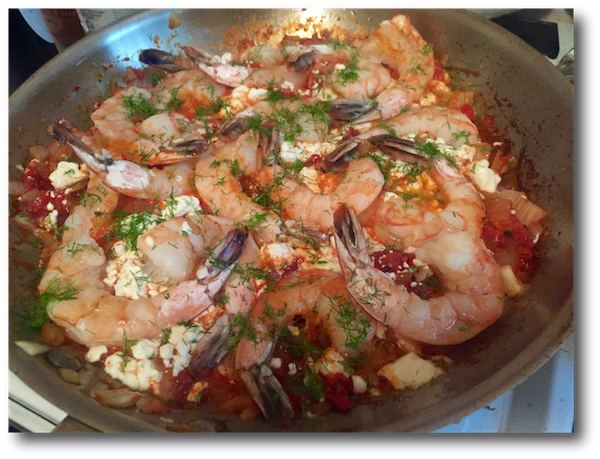Pesto Veal Meatballs: Recipe
When I was growing up one of my favorite dishes was veal parmigiana. I adored the tender scallops of veal, breaded and fried then coated with tomato sauce and topped with gooey mozzarella. It wasn’t an everyday meal by any means, but I do remember requesting it for my birthday. These days when you hear the word veal it unfortunately brings to mind “veal crates.” Veal has become the poster child for the inhumane treatment of animals. But the truth is, individual confining veal pens are outlawed in many states and are being phased out altogether.
By the end of this year, veal crates will become a thing of the past. But that’s just the beginning of the misperceptions about veal. According to the American Veal Association, 100% of US veal farms are family owned, most are also family run and very small scale. No growth hormones are used and the animal's tails are not docked, their horns are not removed. Recently I met with Julie Rossotti of Rossotti Ranch. Julie comes from a Swiss dairy farming family in West Marin, but she raises animals for meat including veal. Her animals are pasture raised, never separated from their mothers. They are fed only on grass and their mother’s milk. Veal is also not “baby cows.” Animals are harvested at 6 months, the exact same age as pigs for pork. By comparison, chickens are harvested at just 3 weeks.
In addition to the tender texture and mild yet delicious flavor, there are other reasons to consider eating it. Grass fed veal is a revelation, it's tender and flavorful. Veal from pasture raised animals is better for the environment than beef, because the animals keep native grasses in check, naturally fertilize the land and produce less methane than larger older animals. They also use fewer resources like water and grain. Veal is healthier than beef; it has less fat, and is an even better source of some nutrients like protein, riboflavin, niacin, vitamins, and B-6. It’s also a good source of niacin and iron.
Note: I talked to Julie about the classic mixture of beef, pork and veal in meatballs. She told me about her recipe for meatballs made with veal and I was intrigued. I adapted her recipe a bit using some cream of rice cereal in place of some of the bread crumbs and for seasoning I used pesto. The meatballs were incredibly tender and it took barely any time to cook them. Best of all? They were even better the second day. Serve them with mashed potatoes (or cauliflower) or pasta.
By the end of this year, veal crates will become a thing of the past. But that’s just the beginning of the misperceptions about veal. According to the American Veal Association, 100% of US veal farms are family owned, most are also family run and very small scale. No growth hormones are used and the animal's tails are not docked, their horns are not removed. Recently I met with Julie Rossotti of Rossotti Ranch. Julie comes from a Swiss dairy farming family in West Marin, but she raises animals for meat including veal. Her animals are pasture raised, never separated from their mothers. They are fed only on grass and their mother’s milk. Veal is also not “baby cows.” Animals are harvested at 6 months, the exact same age as pigs for pork. By comparison, chickens are harvested at just 3 weeks.
In addition to the tender texture and mild yet delicious flavor, there are other reasons to consider eating it. Grass fed veal is a revelation, it's tender and flavorful. Veal from pasture raised animals is better for the environment than beef, because the animals keep native grasses in check, naturally fertilize the land and produce less methane than larger older animals. They also use fewer resources like water and grain. Veal is healthier than beef; it has less fat, and is an even better source of some nutrients like protein, riboflavin, niacin, vitamins, and B-6. It’s also a good source of niacin and iron.
Note: I talked to Julie about the classic mixture of beef, pork and veal in meatballs. She told me about her recipe for meatballs made with veal and I was intrigued. I adapted her recipe a bit using some cream of rice cereal in place of some of the bread crumbs and for seasoning I used pesto. The meatballs were incredibly tender and it took barely any time to cook them. Best of all? They were even better the second day. Serve them with mashed potatoes (or cauliflower) or pasta.
Pesto Veal Meatballs, adapted from a recipe by Julie Rossotti
Makes 4 servings, about 24 meatballs
1 pound ground veal
1/3 cup panko bread crumbs
1/3 cup cream of rice dry cereal
1/4 cup milk
1 egg
1/4 cup pesto
Additional pesto for serving
Heat oven to 400 F. Combine the veal, bread crumbs, cream of rice, milk, egg and pesto in a bowl and gently combine with your hands. Using a tablespoon scoop the mixture into small balls and place in a greased foil-lined rimmed baking sheet. Bake for 15 minutes. Serve with additional pesto.
Enjoy!
Disclaimer: My thanks for Rossotti Ranch for providing me with veal for this recipe.



Comments
Post a Comment